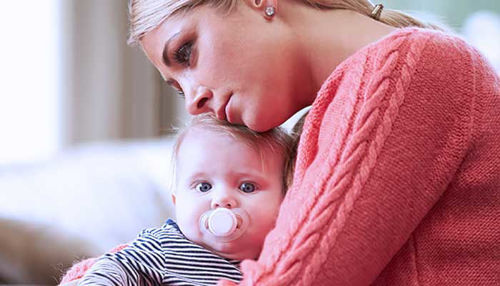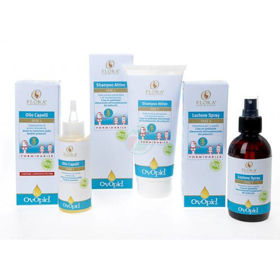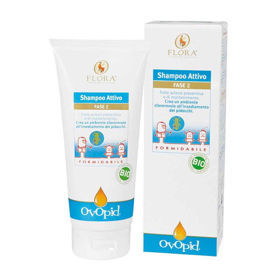
The occurrence of lice in schools and kindergartens is not uncommon. When we receive a notification about the appearance of lice, parents sometimes react a bit panicked, because we have certainly heard how annoying and difficult it can be to solve this problem and we already see ourselves in constant washing of hair, laundry and all possible coatings.
Let's go nicely in order. School and kindergartens have barely opened their doors. We can start with preventive action. Teach children not to share strokes, combs and hair brushes with others. We can also buy a cosmetic product that is a prevention against lice.
We need to be more careful as soon as we get information that lice have appeared at school or kindergarten. The louse is predictable: it does not jump, it does not fly and it moves slowly. Lice spread in places where there are many people - on the bus, on the train, in the cinema, .... sometimes the lice use another insect to go to another head, e.g. fly.
In the event of an alert, it is very important that you check your head at least once a week until the alert is revoked. WE SHOULDN'T BE ASHAMED OF EATING, BECAUSE THEY ARE NOT A SIGN OF INADMISSIBLE HYGIENE AND A PERSON OF ANY SOCIAL LAYER CAN OBTAIN THEM. Hair length also has no causal link to the appearance of lice.
If you notice the presence of lice, stay optimistic. Head lice are really annoying, but they do not cause disease. Inspect the heads of all family members immediately, thoroughly inspecting the area where the head is covered with hair, for the ears and for the nape of the neck for no clearly visible eggs (nits). Be careful not to confuse the egg with dandruff. Dandruff separates from the hair by blowing, and the nits remain firmly in place. Adult lice are difficult to identify, so attention should be paid to the presence of black dry dust or remnants of gray dust on sleeping pillows.
In case you confirm the presence of lice on the head:
1. Start removing lice immediately and check the effectiveness of the removal.
2. Often use a very thick comb to remove nits that are no longer alive.
3. Check the heads of all family members every 2-3 days.
4. Cook all fabrics that have come in contact with lice 2 days before removal (bedding, towels, clothing).
5. Soak combs, hair brushes, hair clips in boiling water to which you have added washing detergent and rinse them.
6. Keep things or toys (eg stuffed animals) that cannot be washed in water or cleaned dry in a plastic bag for 2 weeks.
Remedies
The ancient recipe, that is, washing your hair with vinegar and warm water and removing nits with your hands and a thick comb, is still effective. Vinegar helps to melt the glue by which the nits stick to the hair, and immediate combing is important to remove these nits. It also works if the comb is dipped in warm water with vinegar and then combed into the hair. Each tuft of hair should be combed at least 2x, and this procedure should also be combined using an agent that works directly on lice and nits.
The natural remedies we use to prevent eating include plants that have known effects on repelling insects in nature, such as manuka, tea tree, kajeput, lavender, lemongrass, oregano, thyme, lemongrass, andiroba and others. .
So a smile on your face and in action, it will.












 Facebook
Facebook
 Instagram
Instagram
 info@moja-lekarna.com
info@moja-lekarna.com

